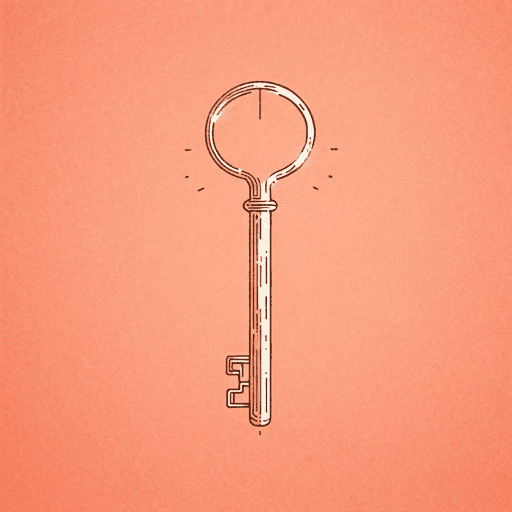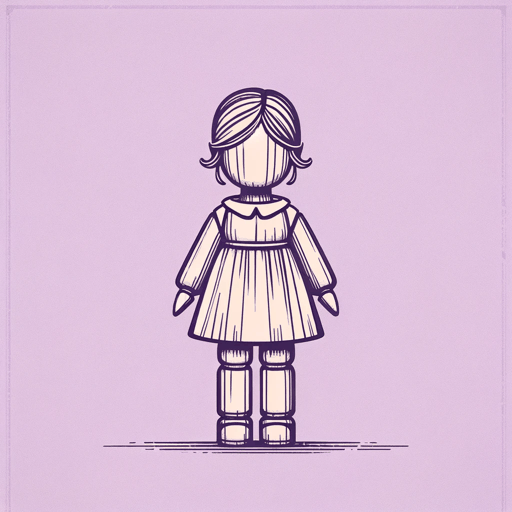61 pages • 2 hours read
Padma VenkatramanBorn Behind Bars
Fiction | Novel | Middle Grade | Published in 2021A modern alternative to SparkNotes and CliffsNotes, SuperSummary offers high-quality Study Guides with detailed chapter summaries and analysis of major themes, characters, and more.
Background
Cultural Context: India’s Caste System
India’s caste system organizes socioeconomic classes, or castes, into a hierarchy. This system has existed for millennia and, though it has undergone various changes relating to its legality over time, societal prejudices against the lower castes persist. The caste system has its roots in Hinduism, and most castes correspond to a part of the body of Brahma, the God of creation. This suggests that all castes are necessary for society to function; however, the Dalits aren’t associated with a body part even though they do important work. Also, not all castes are treated or valued equally even though people of all castes do important jobs to contribute to the collective. Each caste is associated with a certain income level and specific job types as well as societal privileges.
The highest caste is the Brahmin (which, as the highest class, has a name resembling Brahma), in which people have professions similar to teachers and priests in that they lead society in spiritual or educational ways. The Brahmin caste is associated with Brahma’s head because of their educational function. The next caste is the Kshatriya, in which people have professions that help protect society and lead it in logical ways, like politicians and soldiers.
Related Titles
By Padma Venkatraman
Featured Collections
Action & Adventure Reads (Middle Grade)
View Collection
Asian American & Pacific Islander...
View Collection
Books that Teach Empathy
View Collection
Class
View Collection
Class
View Collection
Community
View Collection
Contemporary Books on Social Justice
View Collection
Family
View Collection
Friendship
View Collection
Indian Literature
View Collection
Nation & Nationalism
View Collection
Politics & Government
View Collection
Poverty & Homelessness
View Collection
Realistic Fiction (Middle Grade)
View Collection
School Book List Titles
View Collection
The Journey
View Collection
Valentine's Day Reads: The Theme of Love
View Collection



